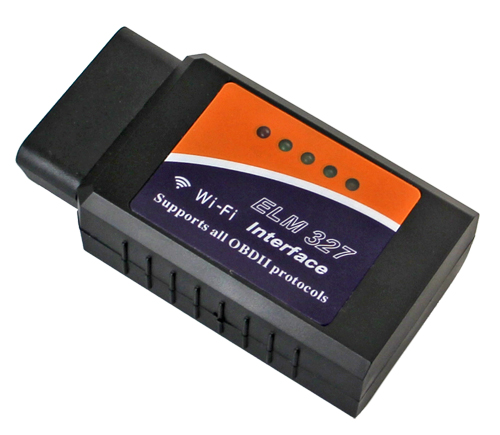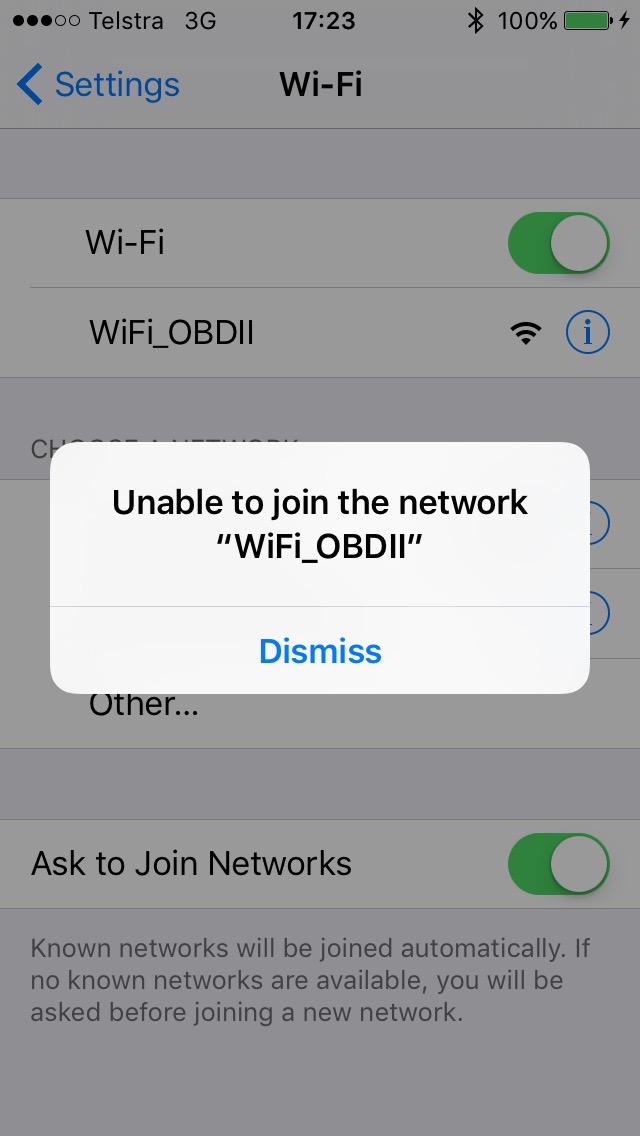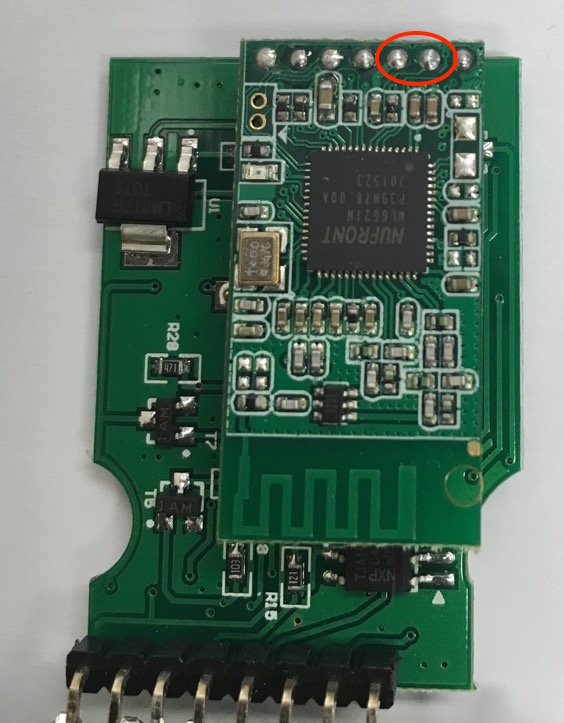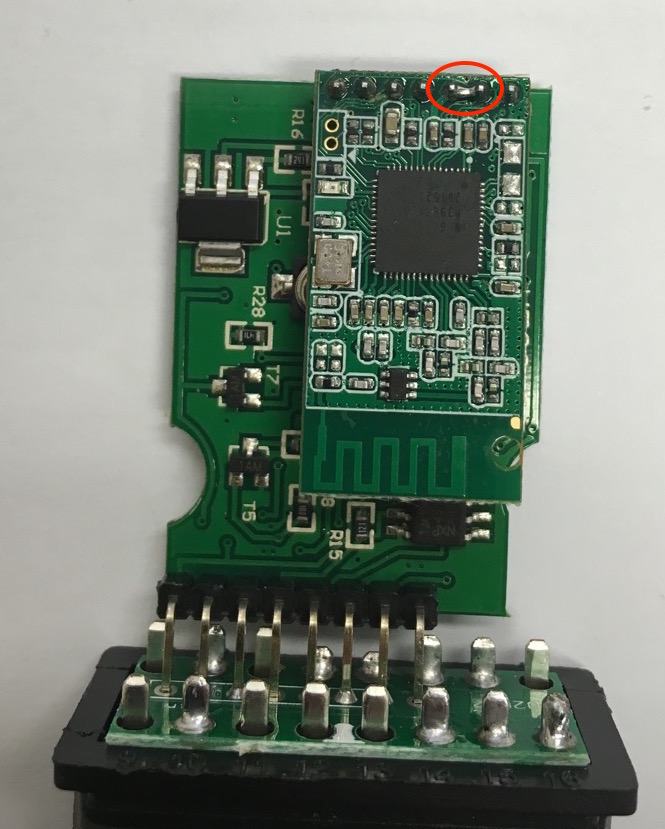History
OBDII is a great tool to give technicians access to many vehicle parameters which are interesting and sometimes even useful for diagnostic purposes. Applications range from free to $$ and vary in features and the number and type of parameters they can read. A little while ago I purchased a ELM327 WiFi OBDII module from eBay. The module looked exactly the same as another one I had seen in use but mine didn't work.

Problem
The WiFi access point "WiFi_OBDII" would appear and sometimes I could connect to WiFi but then failed at various points when the actual OBD software was trying to connect. Once it had been plugged in for a few minutes the WiFi connection could no longer be found.

The eBay seller sent me another unit but it exhibited the same symptoms so he refunded my purchase cost and let me keep the two modules. I purchased another module, from another eBay supplier and it worked fine. Now that I had two faulty modules I set my mind on fixing the faulty modules.
Solution
A simple optical comparison between the two modules showed the non-working modules were missing a solder bridge on the WiFi submodule pin header:


The fix is easy: solder a bridge between the two pins on the faulty module.
Summary
The modules are now working but I suspect there is another problem still to be resolved.
The voltage regulators on the main board can only deliver a low current (~100mA) according to the data sheet. The WiFi submodule data sheet mentions operating current of up to 200mA.
I suspect the design of this board requires good quality regulators which can tolerate an overload situation. There is no visible difference in these components between working and non-working boards but I guess the non-working boards have a very cheap regulator (fake brand) which can cause the output voltage to collapse at sporadic intervals and temporarily interrupt the WiFi connection.